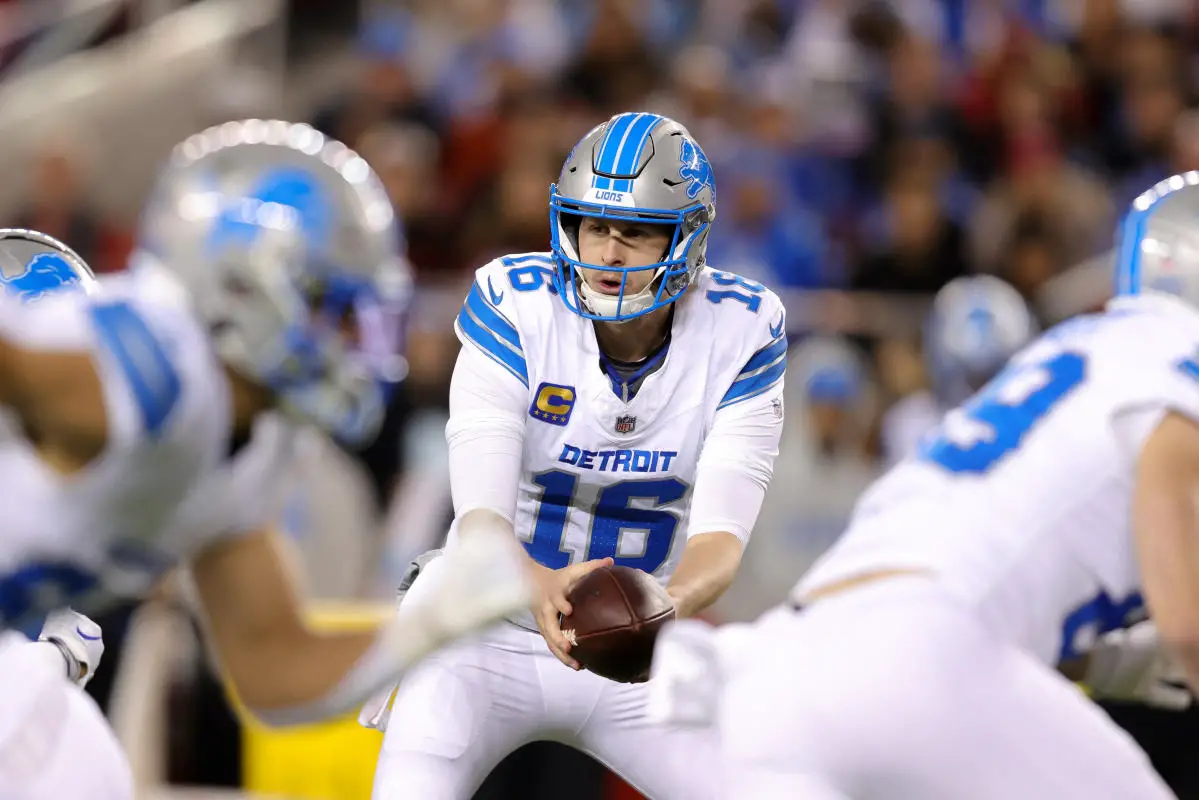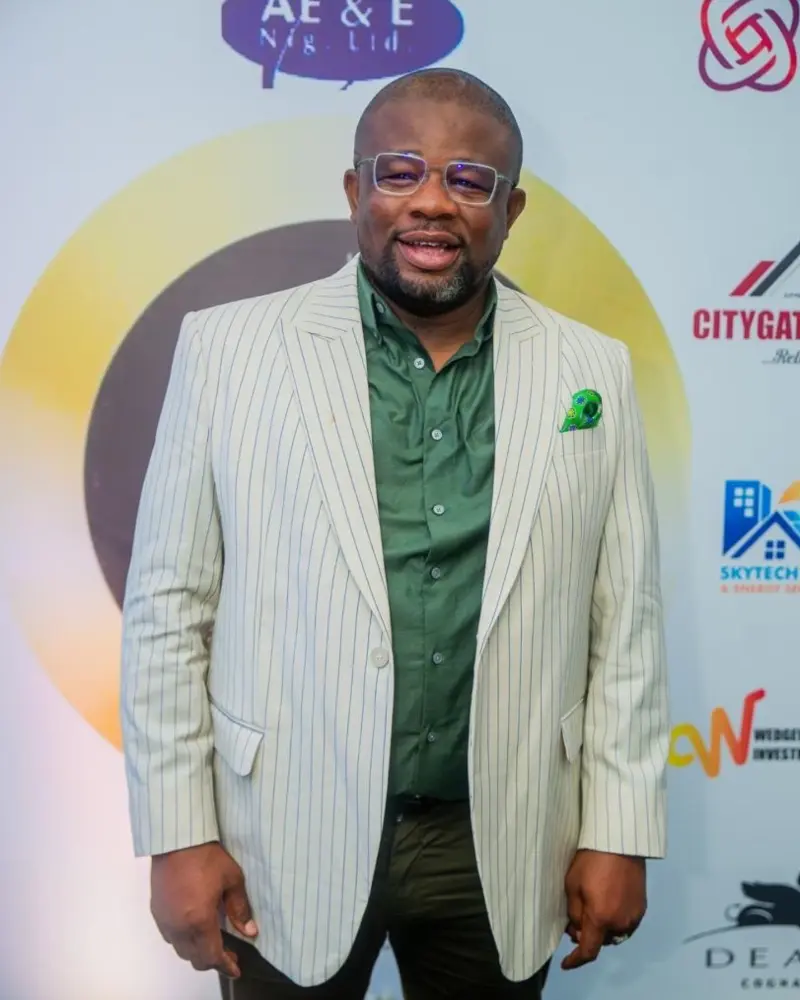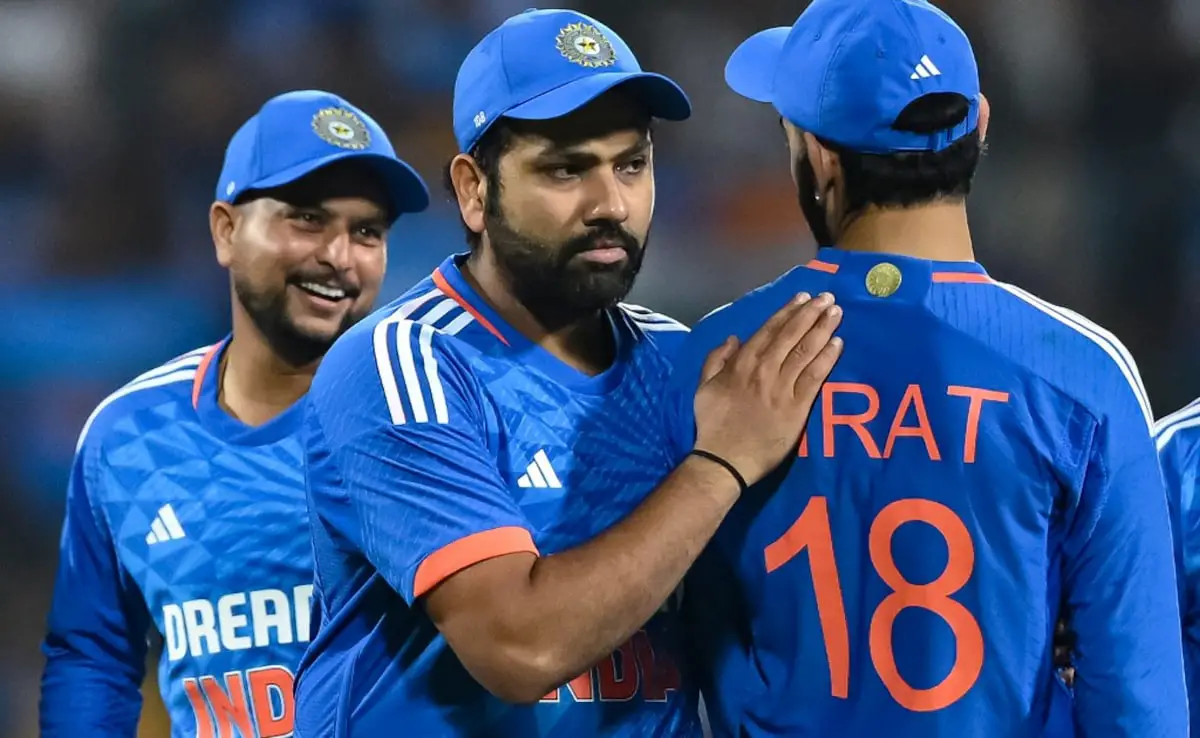In the words of Gareth Southgate: “Whenever you put something on, you’re making some sort of a statement,” and it seems the managers currently battling it out at the Euros feel similarly. Because while the high fashion – the catwalk appearances and designer togs – might be reserved for the young-gun players, there has already been a lot to note on the sidelines.
“Football managers are tactical masterminds,” says Daniel-Yaw Miller, sports correspondent at industry publication the Business of Fashion. “There’s not a single element of their preparation that is left to chance — for many of them, that includes their sartorial choices on the touchline. Over the years we’ve seen managers dress in certain ways to communicate their authority and the style of their player management.”
Southgate is a prime example. Having been anointed a style symbol in a navy M&S waistcoat at the World Cup – “when he was still establishing his authority” – for this Euros the England manager is doing things differently. As he told GQ magazine, he is “trying to create a relaxed environment in more short-sleeved knits than a suit and tie”. (Although a relaxed atmosphere might not be what is needed if the slightly meh tone of Sunday night’s tepid 1-0 win against Serbia is anything to go by.)
“The more studious managers”, according to Miller, “opt for a suit to communicate a certain authority.” In this vein, Poland’s manager, Michal Probierz, looked gussied up in a three-piece suit with a double-breasted tartan-adjacent waistcoat for his team to play the Netherlands. The butterscotch of his suit giving way to caramel shoes. Suits, albeit less bombastic iterations, were also the MO of Spain’s manager, Luis de la Fuente, Hungary’s manager Marco Rossi, and Croatia manager, Zlatko Dalic. Scotland’s Steve Clarke might have been hoping some national pride, via his tartan tie, would stave off a final score like 5–1 to Germany.
Then, says Miller: “There’s the old school ‘hard guy’ tracksuit manager (an increasingly endangered species), with bonus points if they’re wearing shorts.” Slovenia’s Matjaz Kek did not go that far for their game against Denmark, but he did look ready to step up to take a penalty, should the need arise, in Nike-branded baseball cap and tracksuit.
Then there is what Miller describes as “a happy middle ground between the tracksuit manager vibe and the three-piece suit look”. For those eschewing the formality of a suit a la Southgate and the informality of sportswear, a handful have so far opted for understated, conspicuously conservative navy polo shirts on navy trousers. The Netherlands’ Ronald Koeman may have been hoping to camouflage into the player dugout in his, for his much-picked over bad habit. Julian Nagelsmann’s take for Germany was elevated thanks to checquered socks and a fine-knit quality to his top, while Switzerland’s Murat Yakin elevated his look via his sophisticated swathe of salt and pepper hair.
But while some managers looked ready either for the boardroom or the box, others looked styled more for a Sunday brunch. Denmark’s Kasper Hjulmand wore boxfresh white trainers, understated beige trousers and an unremarkable blue crewneck jumper on the sideline in Stuttgart. This was Scandi-minimalism, the footballing edition. It was, says Miller, “perhaps an indication that he wants his team’s football, rather than his touchline outfits, to do the talking this summer”.
“As managers get younger and younger”, Miller predicts that “we will increasingly see the “casual” look “become the go-to touchline style.” Whether that is in the vein of outfits that look apt for the reading the Sunday papers over eggs benedict or the kind of normcore navy styles previously the preserve of Silicon Valley tech-bros remains to be seen.






